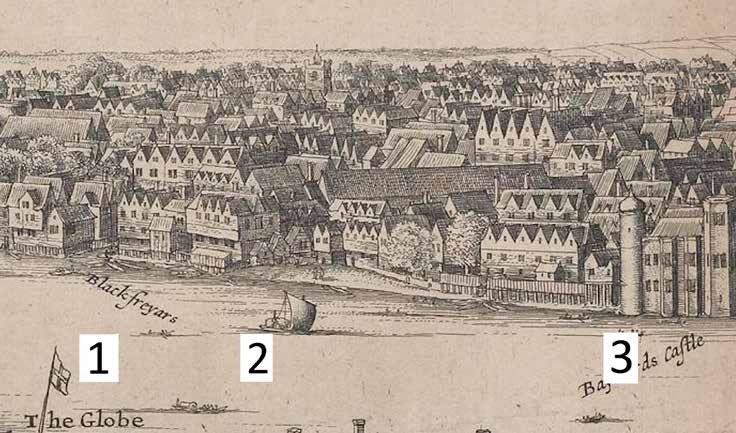07 April 2022
Third issue of the Jordaens Van Dyck Journal is now available
The Jordaens Van Dyck Panel Paintings Project proudly announces the publication of the third issue of the multidisciplinary open-access Jordaens Van Dyck Journal. The April issue is now available online and to print on demand.
Following the inaugural issue that introduced the Project’s aims and methodologies and the second issue, which illustrated how these techniques were combined to produce new findings. Issue 3 explores a further dimension of the Project’s study. The sheer volume of panel paintings examined – 296 in 112 collections in 14 countries – has produced a data set of unparalleled art historical scope which is all being made available in open access.
Issue 3
In this issue Justin Davies and Ingrid Moortgat present their discovery of a panel maker’s mark, one of only three now known, bearing the monogram VHB, which they confidently identify as the mark of Hans Van Beemen.
In another article, Justin Davies describes how the appearance of a Van Dyck panel at auction in Berlin in 2015 led to the discovery of the existence of a previously unknown set of the artist’s Apostles paintings.
The Project’s examination of panels has produced some startling results, especially the number of panels sharing planks from the same tree, within the same panel and even across different artists’ studios. The findings of this survey, the implications for attribution and the light it shines on studio practice are presented in a pair of articles by Andrea Seim and Justin Davies.

The newly identified panel maker’s mark ‘VHB’ on the reverse of Peter, after Van Dyck, Musée des Beaux-Arts et d’Archéologie, Besançon.
Complementing the article on Van Dyck in Issue 2, Joost Vander Auwera draws important new conclusions about Jordaens’s use of panels and his patronage of individual panel makers through the phases of his long career.
Justin Davies gives a thorough introduction to Van Dyck’s Apostles panels examined by JVDPPP and introduces dendrochronological and documentary evidence revealing a later date for these paintings than most art historians had previously thought.
Two articles make a case study of sets of Apostles attributed to Van Dyck’s workshop, a little-known set of 10 at the Božidar Jakac Art Museum in Slovenia and five copies at the Musée des Beaux-Arts et d’Archéologie in Besançon, which were previously unpublished in the Van Dyck literature. Johannes Edvardsson shows how dendrochronology and panel makers’ marks can place the sets within a date and workshop context. Alexis Merle du Bourg explores their subsequent provenance.

Van Dyck’s London studio is likely to have been included in this detail of The Long View of London from Bankside (1647) by Wenceslas Hollar.
Ingrid Goddeeris studies the Belgian art dealer Léon Gauchez and his pursuit of Van Dycks and other Flemish masters.
In the final article, James Innes-Mulraine goes in search of Van Dyck’s London studio, using the archives and old engravings, and discovers the present-day location where King Charles I visited Van Dyck in the 1630’s and the artist hung his famous collection of Titian paintings.
Continue to the journal by following this link.

